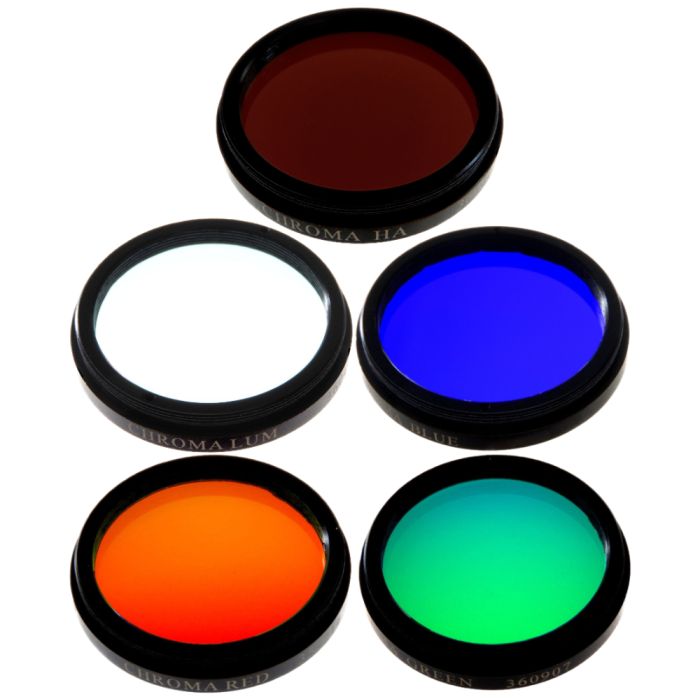
Chroma Technology is a prominent manufacturer recognized for their high-precision filtration solutions that are commonly utilized in astrophotography to capture faint celestial subjects with lucidity and contrast. Their product lines, especially narrowband selections, are engineered to segregate particular wavelength bands such as Hydrogen-alpha (Hα), Oxygen-III (OIII), and Sulfur-II (SII), which serve crucial functions in the imaging of emissive nebulae as well as additional deep-sky phenomena. These filters surpass others in mitigating the effects of artificial light pollution, allowing astrophotographers to achieve vividly detailed imagery and heightened contrast ratios even within urban environments. Built on premium optical coatings and stringent quality assurance, Chroma filters are relied upon by both amateur and professional astronomers for creating scientifically exact and visually stunning outcomes.
Another vital application exemplified by Chroma's filters is exhibited in the below online video segment named "Narrowband Filters to Picture a Galaxy?" which explores how their precision-engineered products can be creatively implemented not only for nebulae but also to extract fascinating subtleties in galactic imaging. No matter if shooting from a pristinely dark location or a suburban property, Chroma’s filters broaden the possibilities of astrophotography by enhancing the clarity of observable details and contrast ratios.
Highlighted Products
Chroma Technology Blue Filter, 1.25" Mounted
The Chroma Technology Clear Filter, 2" Mounted, is designed to transmit the full visible spectrum while blocking ultraviolet (UV) and infrared (IR) light. This makes it perfect for protecting sensitive equipment like CCD or CMOS sensors during imaging without affecting the light's color balance, ensuring high-quality astrophotography results.
Chroma Technology HA8LRGB Set
The Chroma Technology HA8LRGB 2-inch Mounted Filter Set is designed for high-performance astrophotography. This set includes H-alpha, Luminance, Red, Green, and Blue filters, offering superior light transmission and sharp image contrast. Ideal for deep-sky imaging, it allows astrophotographers to capture detailed, vivid, and accurately colored images of nebulae and galaxies.
Chroma Technology Clear Filter
The Chroma Technology Clear Filter, 2" Mounted, is designed to transmit the full visible spectrum while blocking ultraviolet (UV) and infrared (IR) light. This makes it perfect for protecting sensitive equipment like CCD or CMOS sensors during imaging without affecting the light's color balance, ensuring high-quality astrophotography results.
Chroma Technology Red Filter, 1.25" Mounted
The Chroma Technology Red Filter, with its 1.25 inch mounting size, enhances the contrast and sharpness achieved in monochrome planetary photography. By isolating the red region of the spectrum, it improves the discernibility of surface particulars visible on Mars and Jupiter. This filter also proves helpful for generating RGB composite imagery when used alongside green and blue filters. Constructed using high-quality coatings, it ensures consistent functionality and precise color division. Additionally, the finely tuned filter enables ambitious astrophotographers to see celestial sights in unprecedented clarity and capture mesmerizing views of our planetary neighbors.
Chroma Technology OIII 8 nm Filter, 1.25" Mounted
The Chroma Technology OIII 8 nm filter in a 1.25" mounted design targets the oxygen-III emission line, improving contrast for nebula imaging. Its narrow 8 nm bandpass helps block unwanted light, making details stand out even under light-polluted skies. This filter is excellent for capturing structures in planetary and emission nebulae. Built with Chroma’s precise coatings, it ensures high transmission and dependable performance.
More About This Category
In today's world, where technology leads in almost everything, several filters and telescope accessories have come to light. Chroma technology, on the other hand, existed years before the new inventions joined the market. It is not a tough nut to crack why it stayed on top of the competition. Chroma technology has a broad scope of use.
These filters are known for their precision in transmitting desired wavelengths while blocking unwanted light, minimizing light pollution, and ensuring accurate data capture for astronomers. This control is especially beneficial in urban areas where artificial lights interfere with observations. Using Chroma filters, astronomers can mitigate light pollution and focus on studying the universe's faintest and most distant objects. They isolate clear spectral lines or bands, enabling astronomers to study astronomical phenomena in detail.
In spectroscopy, scientists examine the light that celestial bodies produce or absorb. This is one of the primary uses for Chroma filters. Essential details on the makeup, temperature, density, and motion of celestial objects may be found by spectroscopy. Chroma filters are necessary to isolate particular spectral characteristics, such as emission lines from ionized gasses or absorption lines from substances in a star's atmosphere. By using this kind of selective filtering, spectroscopic observations become more accurate, and astronomers can learn more about the physical characteristics and chemical composition of distant celestial entities.
Like other brands, each Chroma technology filter has diverse types and purposes.
Chroma Technology Filters
1. Hydrogen Alpha (Hα) Filters - reveal characteristics in emission nebulae, star-forming regions, and solar prominences by isolating the Hα spectral line. Improves the visibility of complex structures in hydrogen-rich regions, providing valuable information for research and astrophotography.
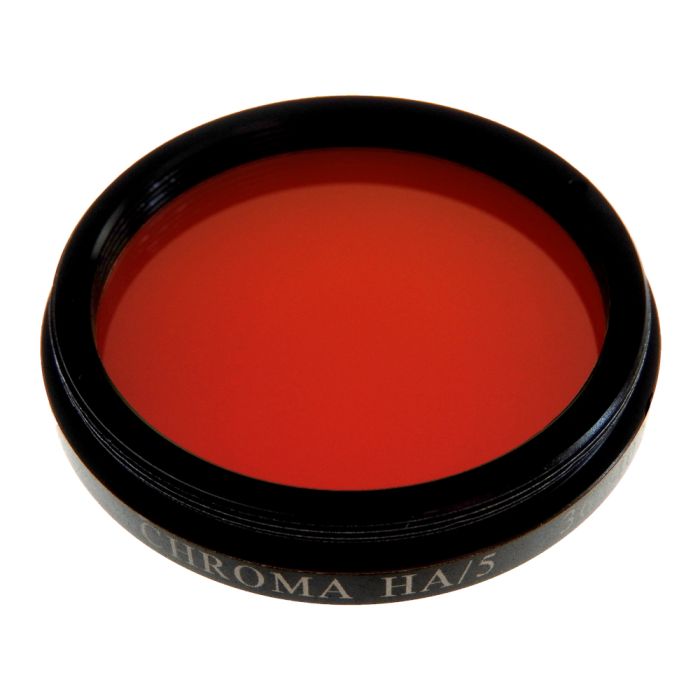

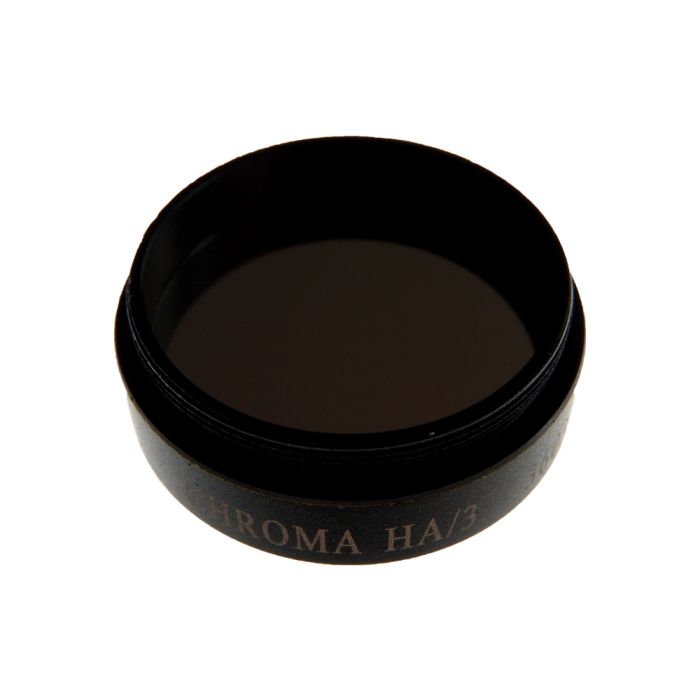
2. Oxygen III (OIII) Filters - focuses on the OIII spectral line produced by ionized oxygen in supernova remnants and planetary nebulae. Enhances the contrast of particular characteristics in these objects, assisting astronomers in closely examining and photographing these objects.
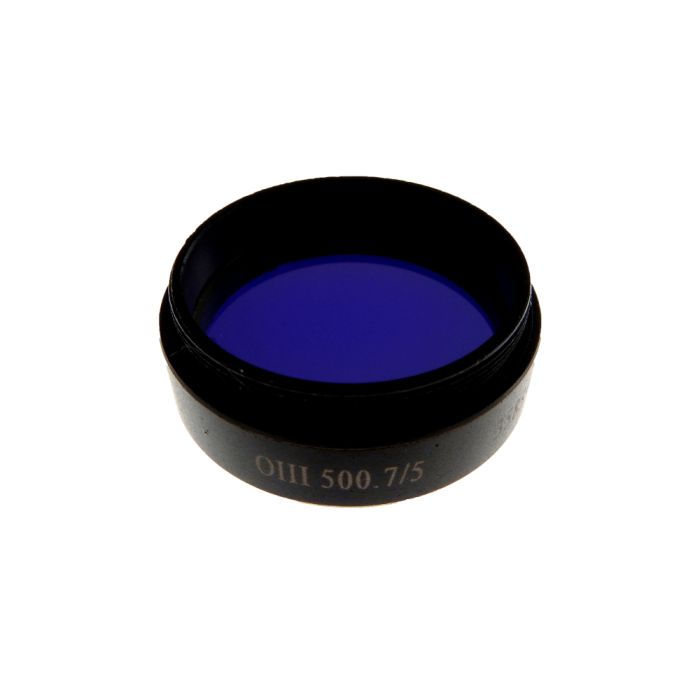
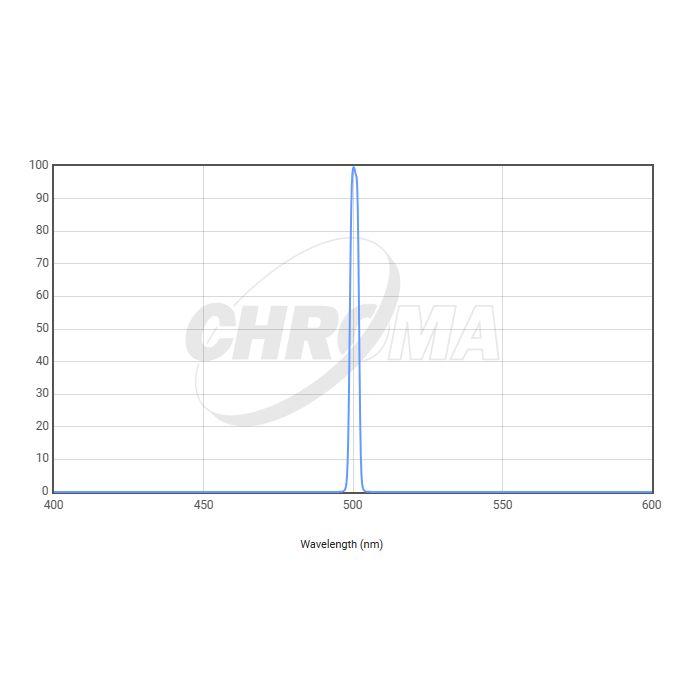
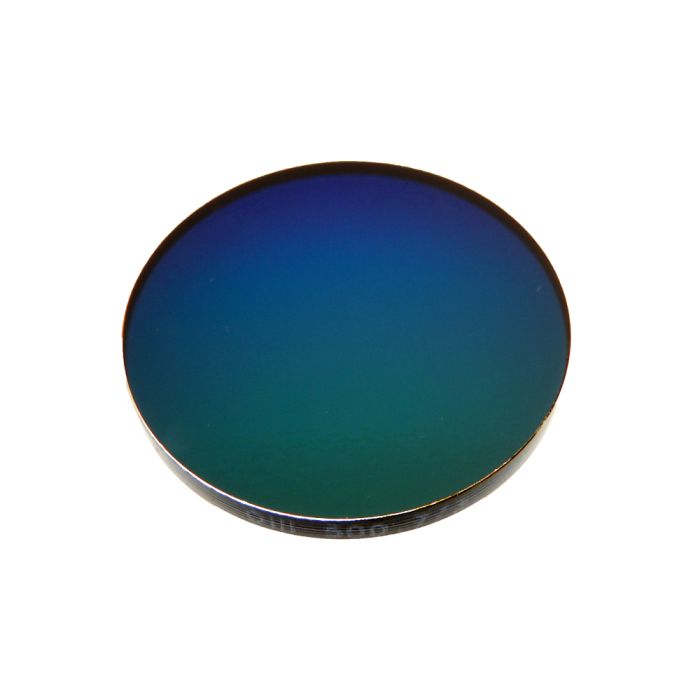
3. Sulfur II (SII) Filters - target the spectral line SII released by ionized sulfur in certain nebulae, enhancing observations of Hα and OIII. Permits the production of tri-colored pictures to provide a thorough understanding of intricate nebular architectures.

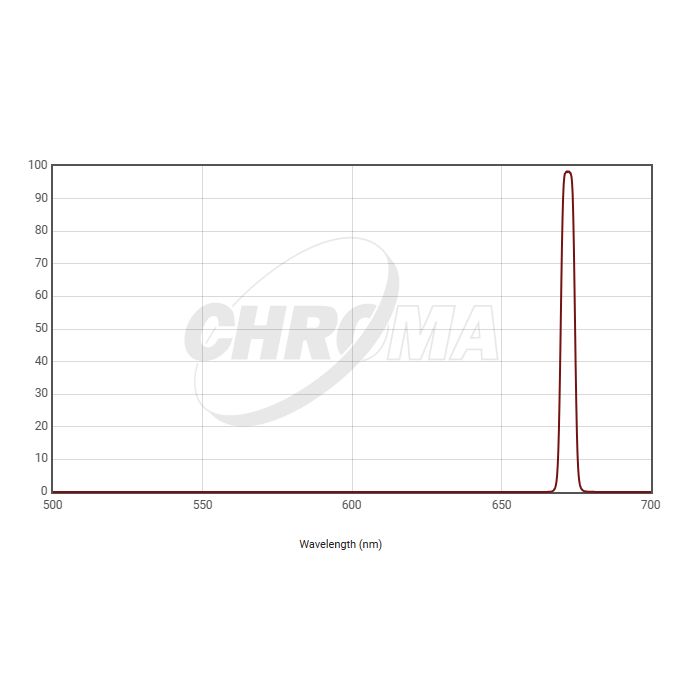

4. Chroma Technology Bessell Filter - filters off undesirable wavelengths while transmitting certain hues. It is essential for photometric research, necessitating precise measurements of color and brightness. It helps us comprehend celestial bodies' characteristics, compositions, and evolutionary phases.

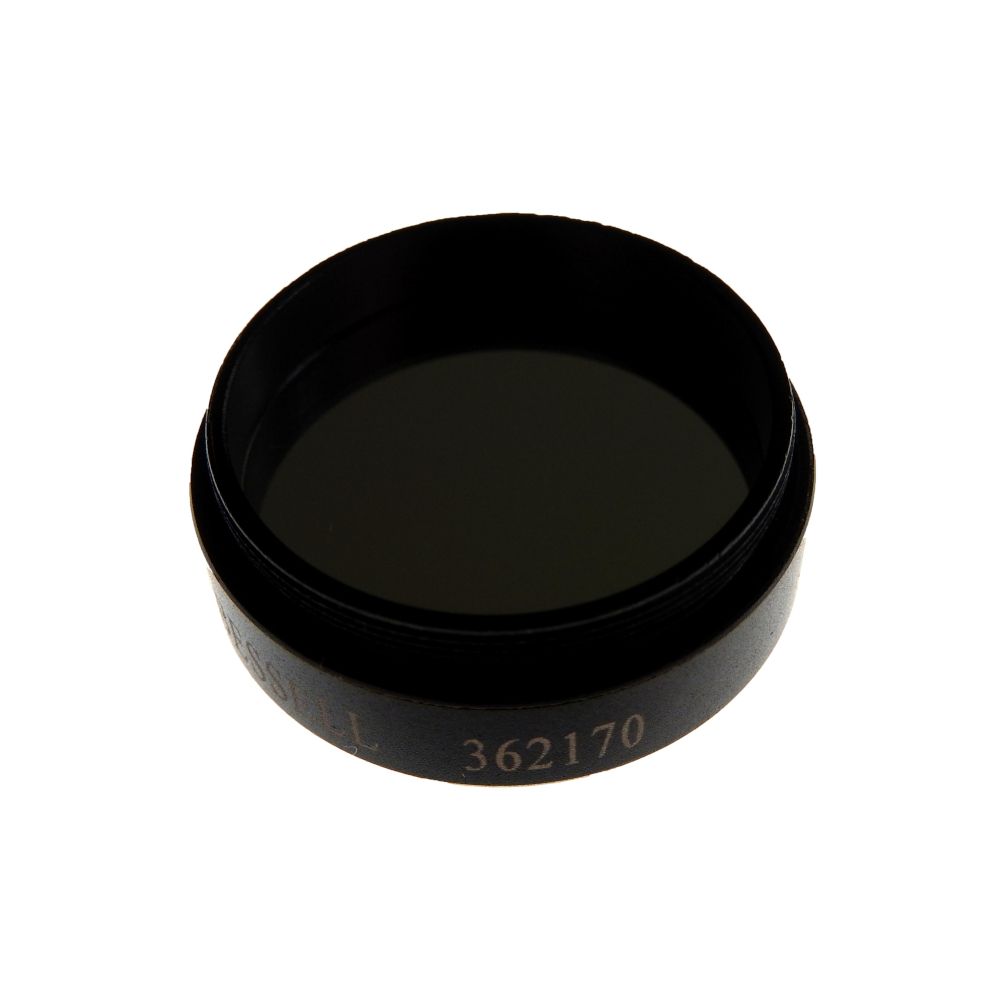
Improvements made possible by Chroma filters go beyond the visual range, including ultraviolet and infrared portions of the electromagnetic spectrum. These spectral ranges offer unique insights into astronomical objects' characteristics, ranging from studying hot, massive stars that radiate powerful ultraviolet light to using infrared filters to investigate chilly, dusty areas within galaxies. Chroma technology's filters are integral to these endeavors, enabling astronomers to explore the universe across a broad spectrum and deepen our understanding of its complexity.

